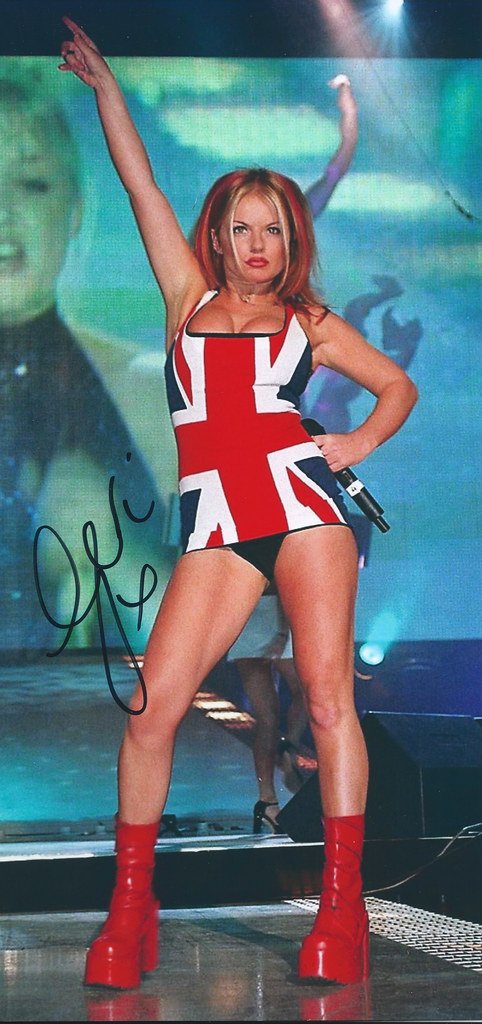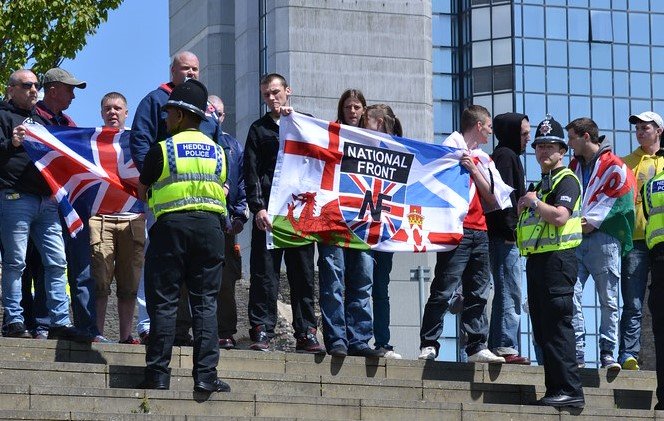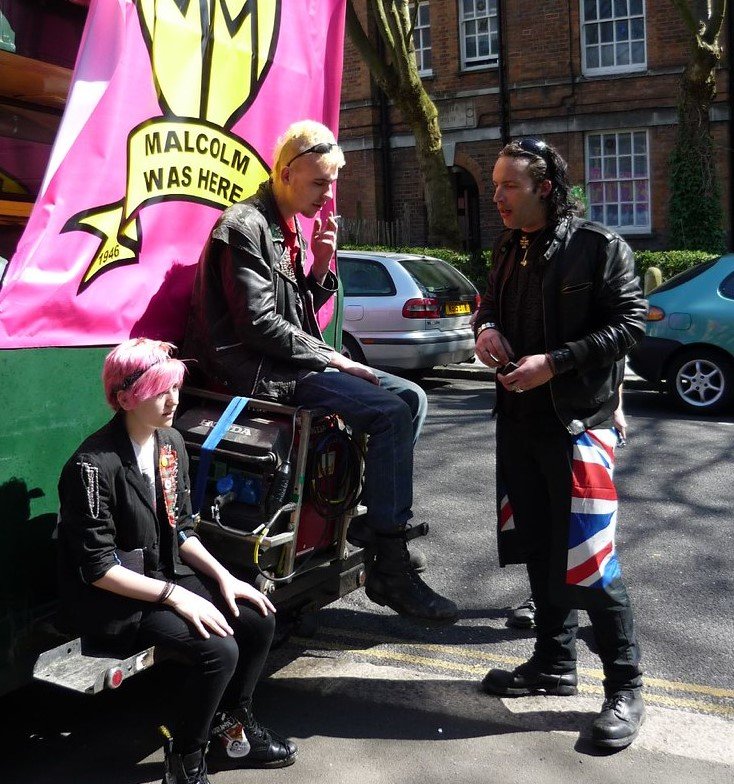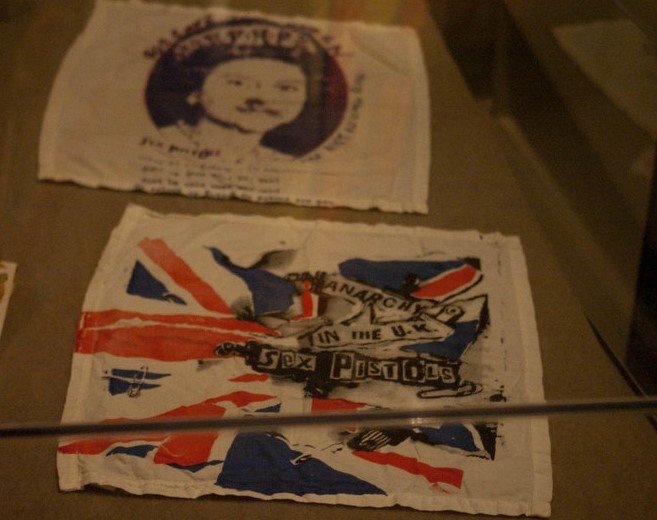
Ed: When Anna wrote this, we had not had JenrickFlagGate and the disturbing backlash against Naga Munchetty (wonder why she was picked on?). It’s clear that flag idolatry is becoming yet another weapon in the culture war and Anna’s piece resonates all the louder as a consequence.
Further update: the flag fetishism has descended into farce. Here is, frankly, an idiot of a Conservative MP asking Tim Davie, Director General of the BBC, how many union flags were depicted in the BBC’s annual report. This has to stop.
I am fed up with seeing the ‘Union Jack’ in the background every time there’s someone from the government on the telly. Even Labour’s Keir Starmer, when he appeared in the middle of February to make his first formal public speech for some while, had a union flag beside him. He has already had to defend this gimmick, denying Labour is ‘copying the far right’, and when challenged about this by Channel 4’s Krishnan Guru-Murthy, who pointed out that for some people in the UK the flag is not a symbol they can necessarily trust, Starmer – rather hesitantly – responded that of course he is “patriotic”.
Of course.

I’m old enough to remember the government’s “I’m backing Britain” campaign in 1968, when the union flag was everywhere, and was a symbol of pride. But by the 1970s the likes of the National Front had appropriated it as ‘theirs’ and in the eyes of many of us it became forever tainted. It came to represent, at the least, nationalism – as opposed to patriotism – and, at worst, bigotry and racism.
In the late 1970s the designer Vivienne Westwood saw how the flag’s symbolism had changed, being reproduced in strange colours, being fastened with safety pins and worn by punks, and she and her then-partner, Malcolm McLaren, began to use it ‘ironically’ in the marketing of the Sex Pistols (managed by McLaren), and in their ‘Seditionaries’ shop in Chelsea.

The flag was, very deliberately, treated with disrespect, which of course inflamed the patriotic outrage of Sir Bufton Tufton and the old boys’ network everywhere – as it was calculated to do.

The views of the Pistols’ best-known member, John Lydon, aka Johnny Rotten, (who – despite having a German wife – later turned out to be a Brexiter: ‘Don’t become entrenched in one opinion and get stuck there for ever’), would probably have been difficult to ascertain at the time, but the use of the flag motif seemed to illustrate the way two very different sectors of society thought about the ‘Union Jack’. Older people, by and large, were proud of the flag, but many younger ones, including many of black or Asian heritage, were suspicious of the symbolism it had gathered. It gradually fell out of fashion as a motif to be worn thoughtlessly.
By the 1990s this divergence had become almost schizophrenic. When the adored Smiths’ writer and singer, Morrissey, appeared draped in a union flag at a Madness gig in 1992, there was absolute uproar amongst ‘indie’ (independent) music fans, journalists and band members. When challenged about his choice of garment, Morrissey himself – described by a judge in a lawsuit alleging underpayment of band members as “devious, truculent and unreliable” – was characteristically ambiguous and evasive.
He was not, of course, the only ‘star’ ever to flirt with the flag or with far-right imagery – even the sainted David Bowie appeared once to be on the fringes of Nazism during his drugged ‘Berlin’ period (David Bowie remembers Berlin: “I can’t express the feeling of freedom I felt there”); but the union flag had by that time become shorthand for xenophobia and worse, and many people – myself included – had become ashamed of its symbolism.
During the years that followed, the flag was gradually reclaimed and rehabilitated. It seemed like harmless fun when Geri Halliwell of the Spice Girls appeared in an abbreviated ‘Union Jack’ dress – which of course played well with people who read the Sun and the Daily Mail when those papers still sold in influential millions. It appeared with nostalgic ‘Blitz-spirit’ messages (“Keep calm and carry on”) on everything from biscuit-tins to bedlinen. The flag lost most of its sinister associations until the rise once again, in the wake of the EU referendum, of English nationalism.
The Brexiters ‘demonstrating’ outside Parliament, while Theresa May’s government struggled to make good on impossible promises, were usually wrapped in union flags; the EU flags flying all over Westminster were soon matched, if not outnumbered, by ‘Union Jacks’. The union flag had once again become shorthand for – at best – patriotism and, at worst, jingoism and race hatred.

So when a politician appears on a Zoom interview in his kitchen with a union flag inexplicably on show behind him, or Jacob Rees-Mogg appears in a Union Jack face mask, it is a cynical, calculated move which they know will appeal to the ‘patriots’, but for many of the rest of us it will only confirm that we can have no pride in our country’s flag. And until it has come once again to represent what have always been thought of as the true British values of fair play, tolerance and decency, that will remain my position.





